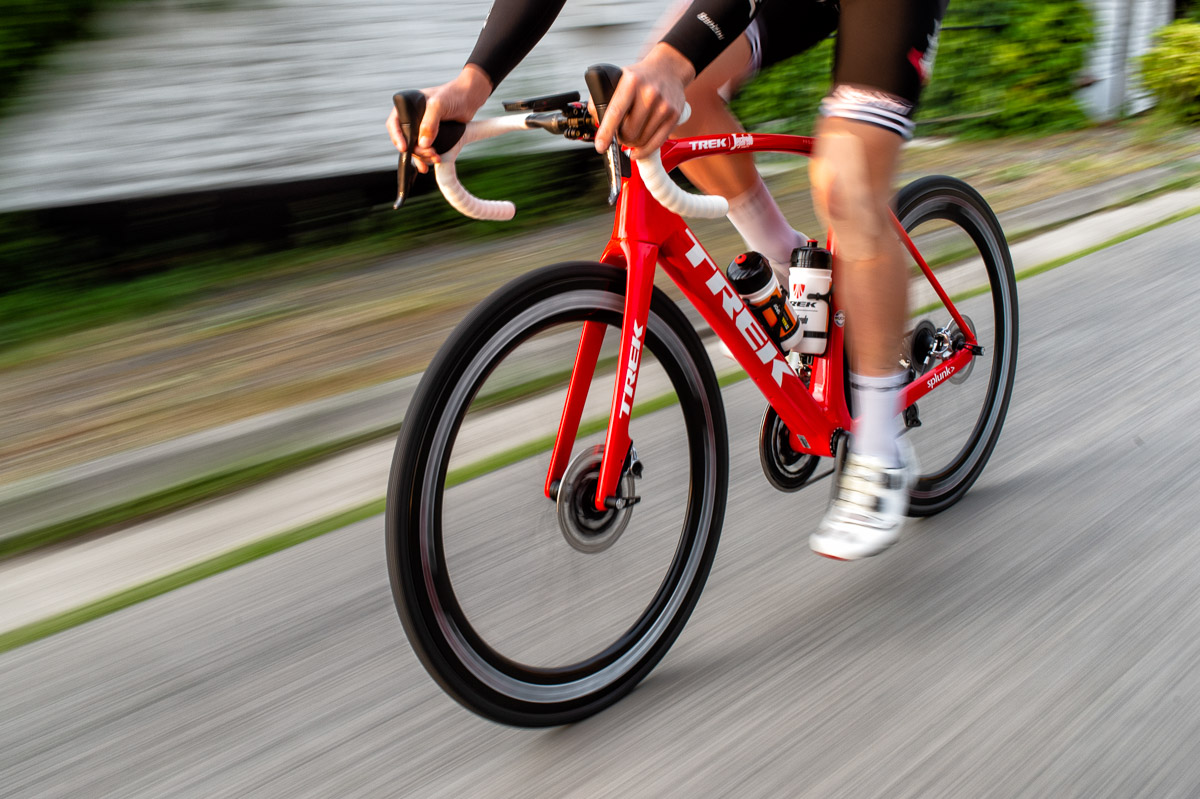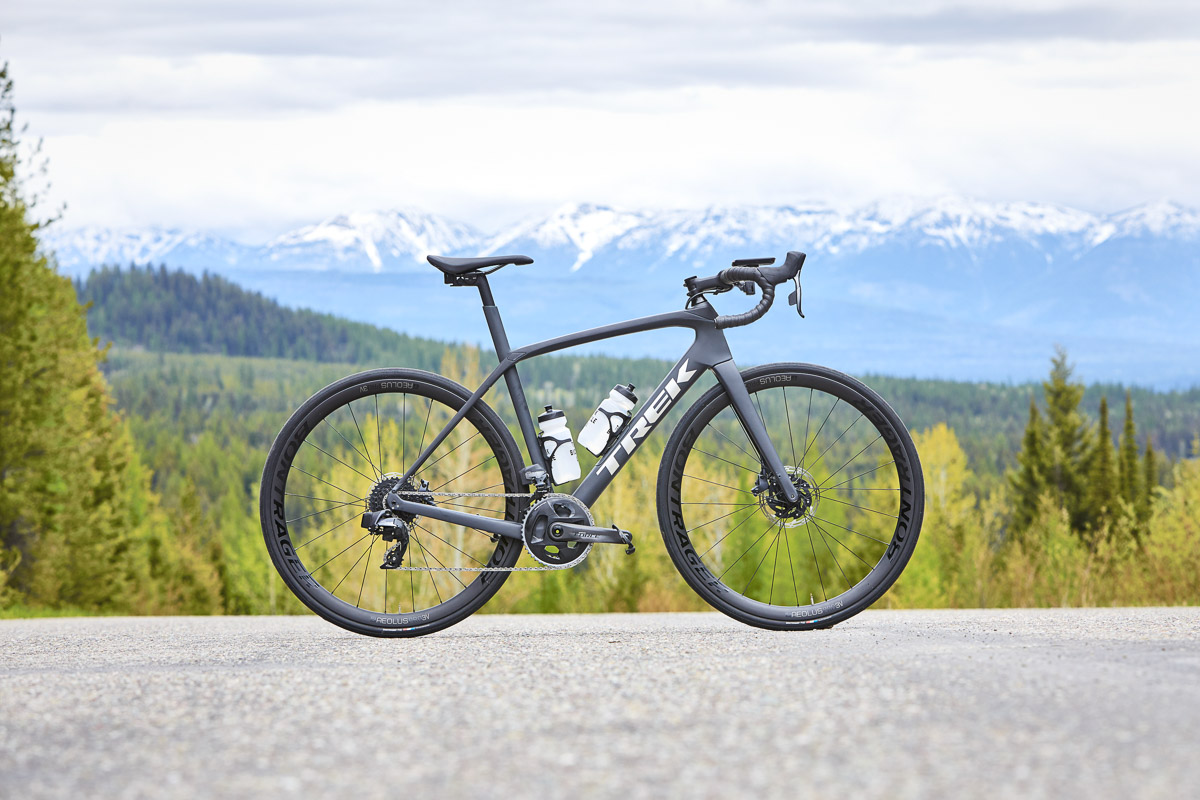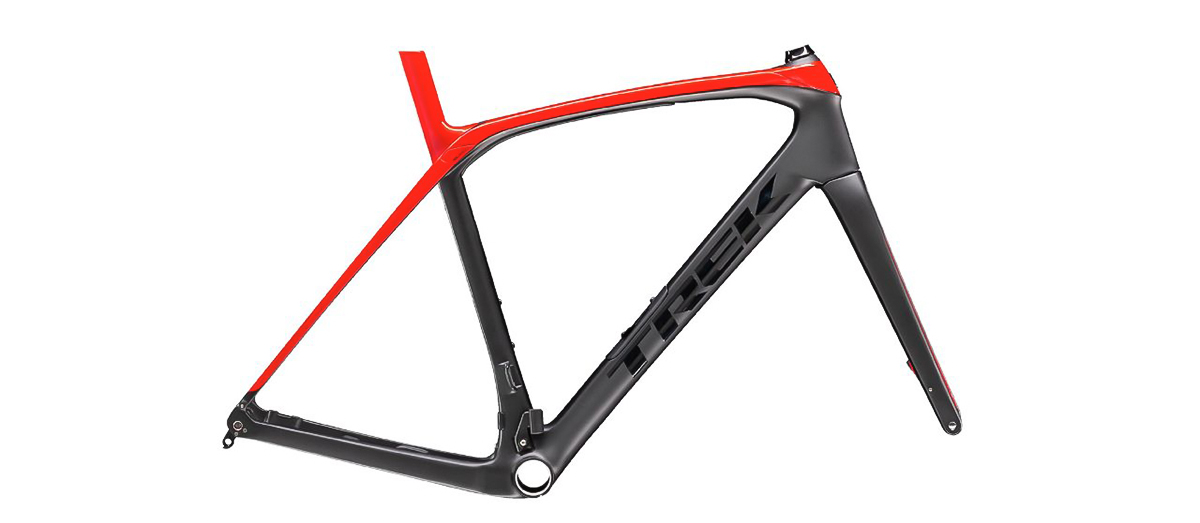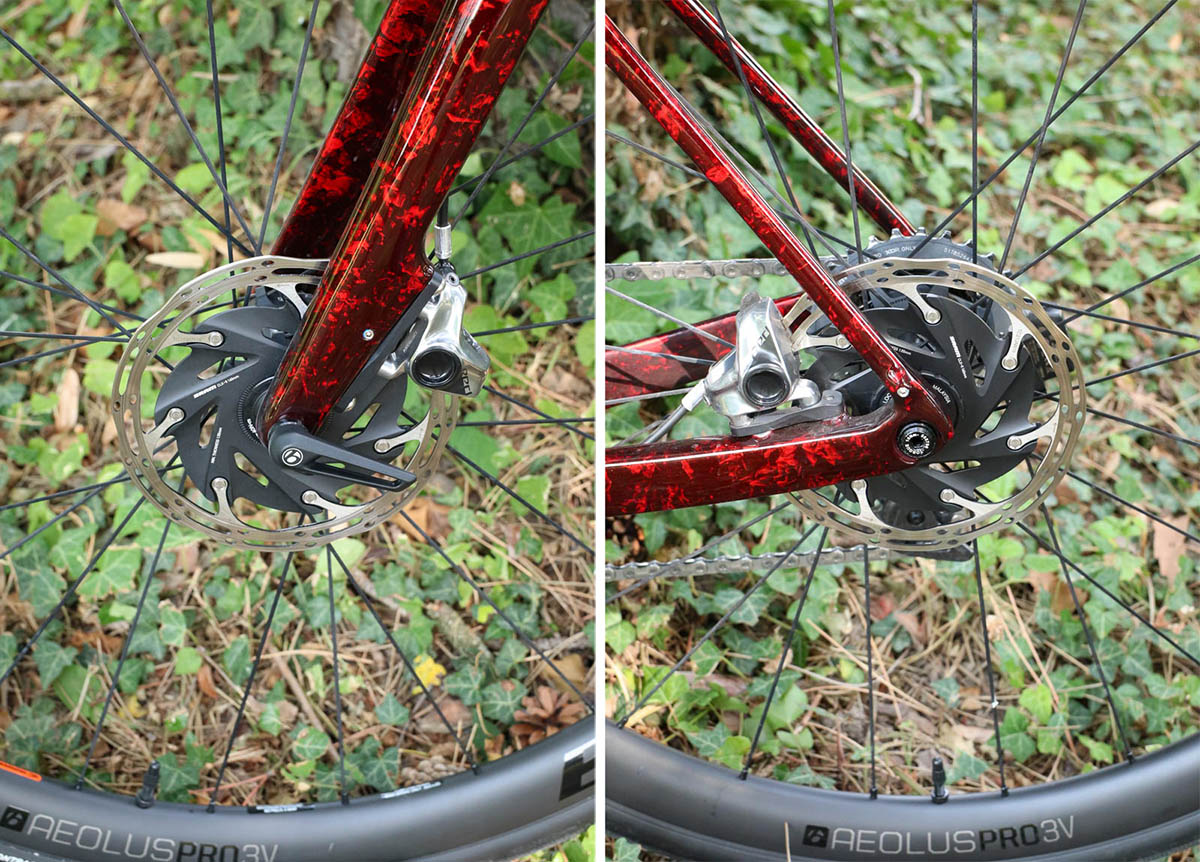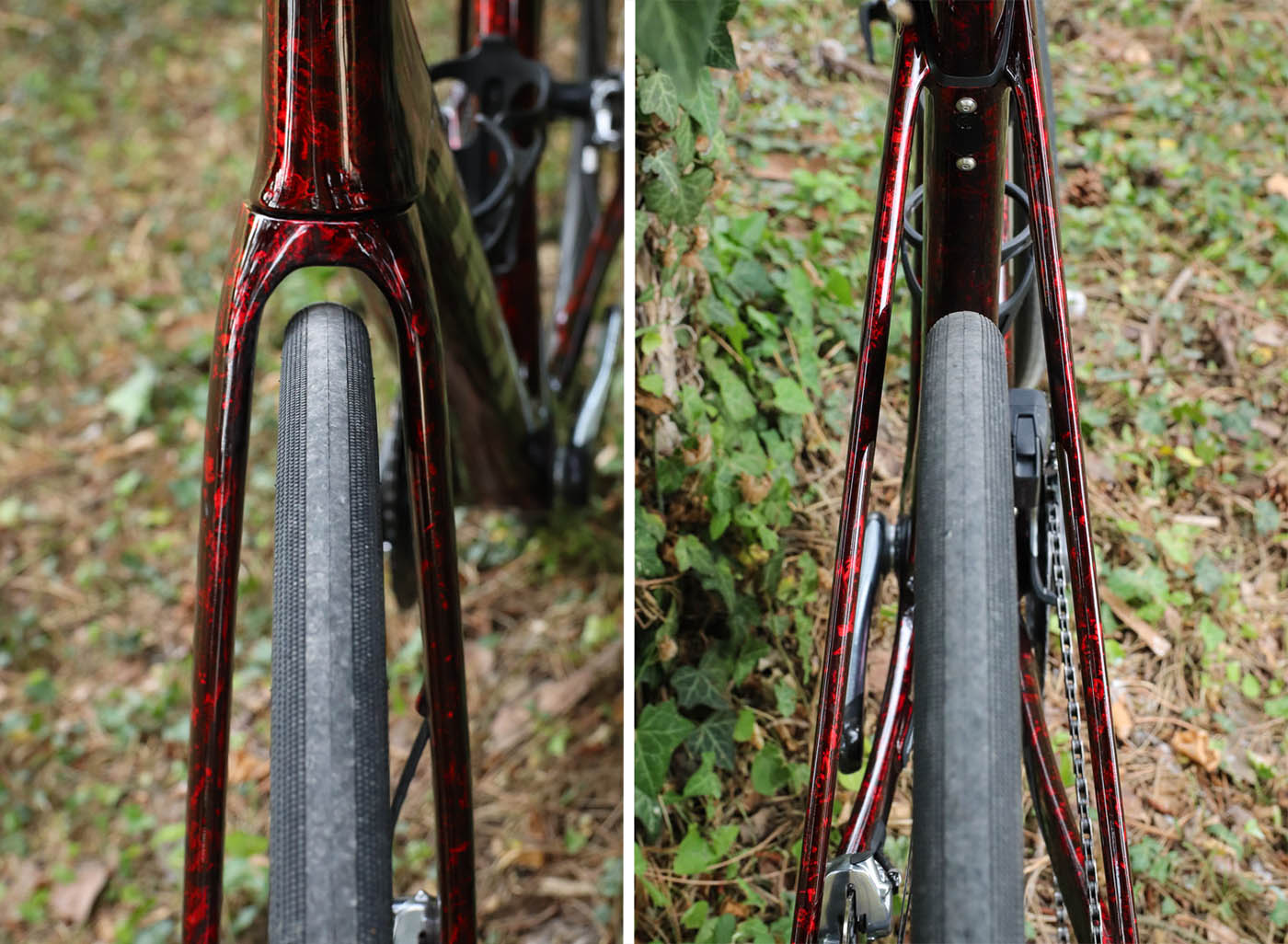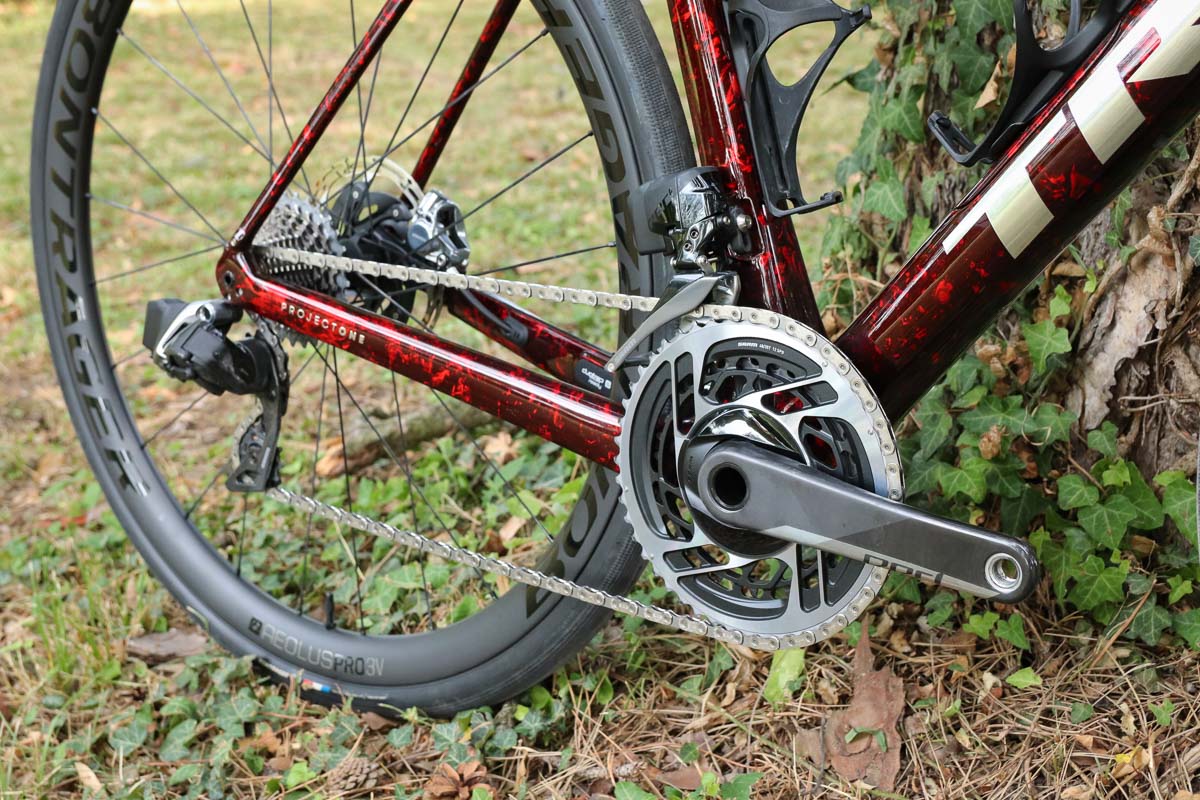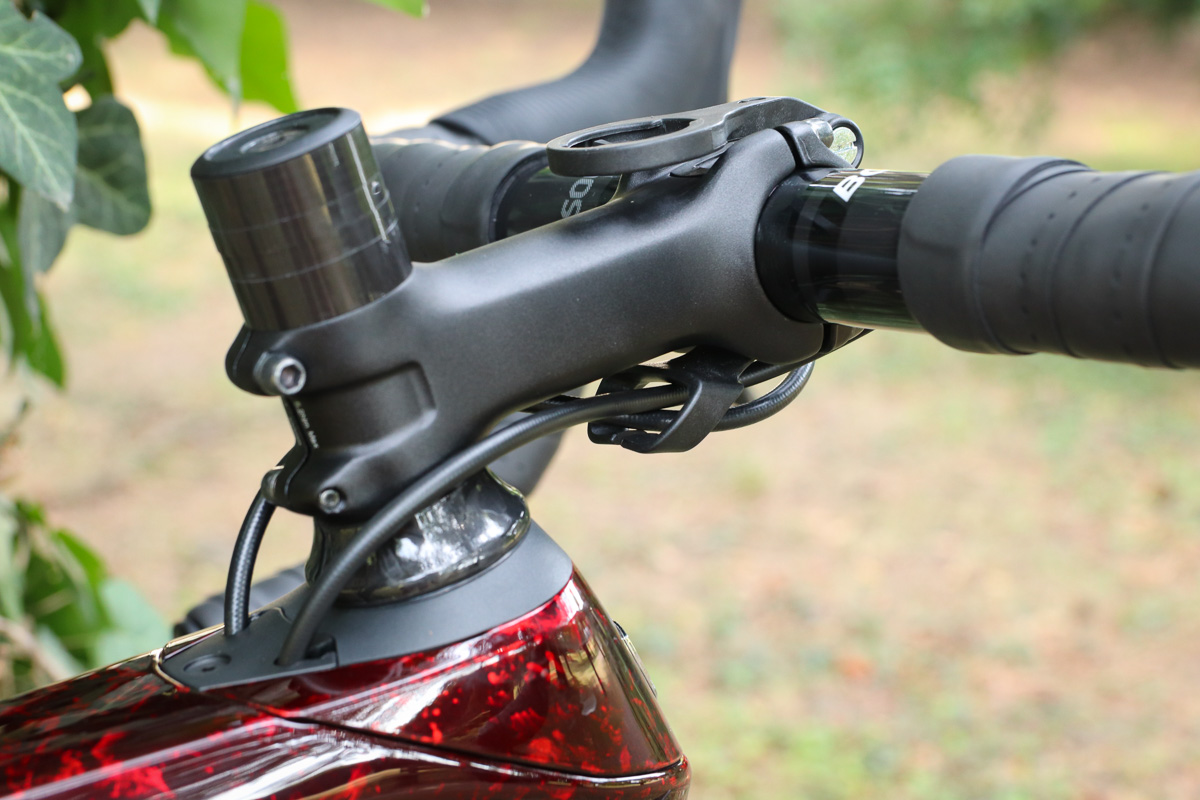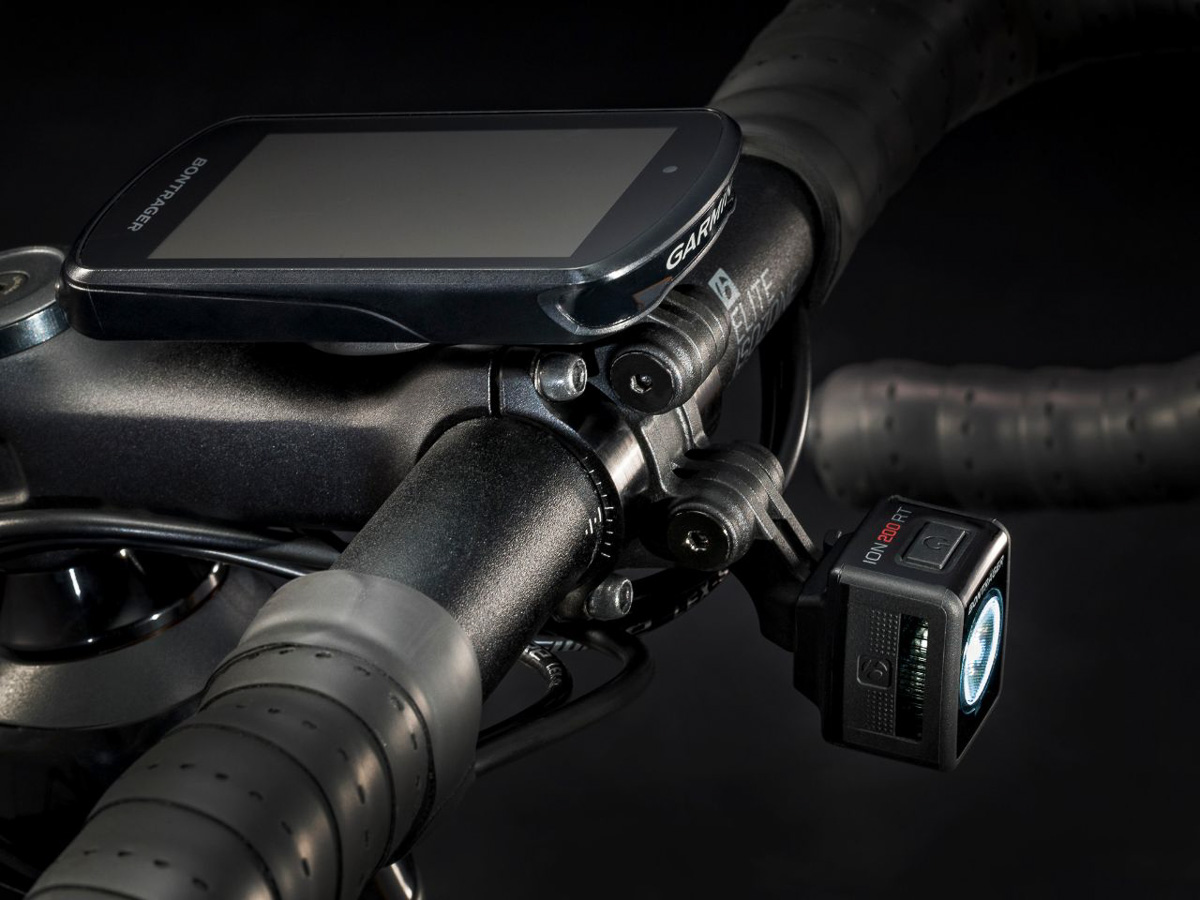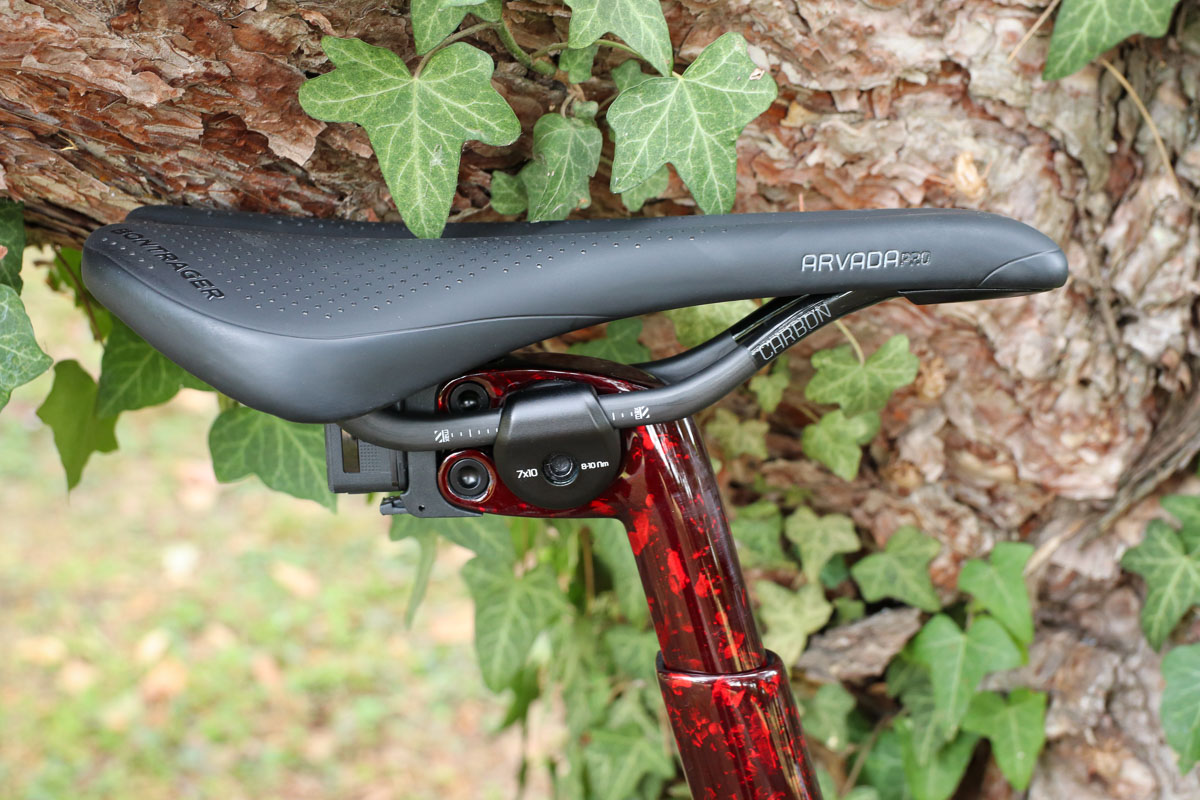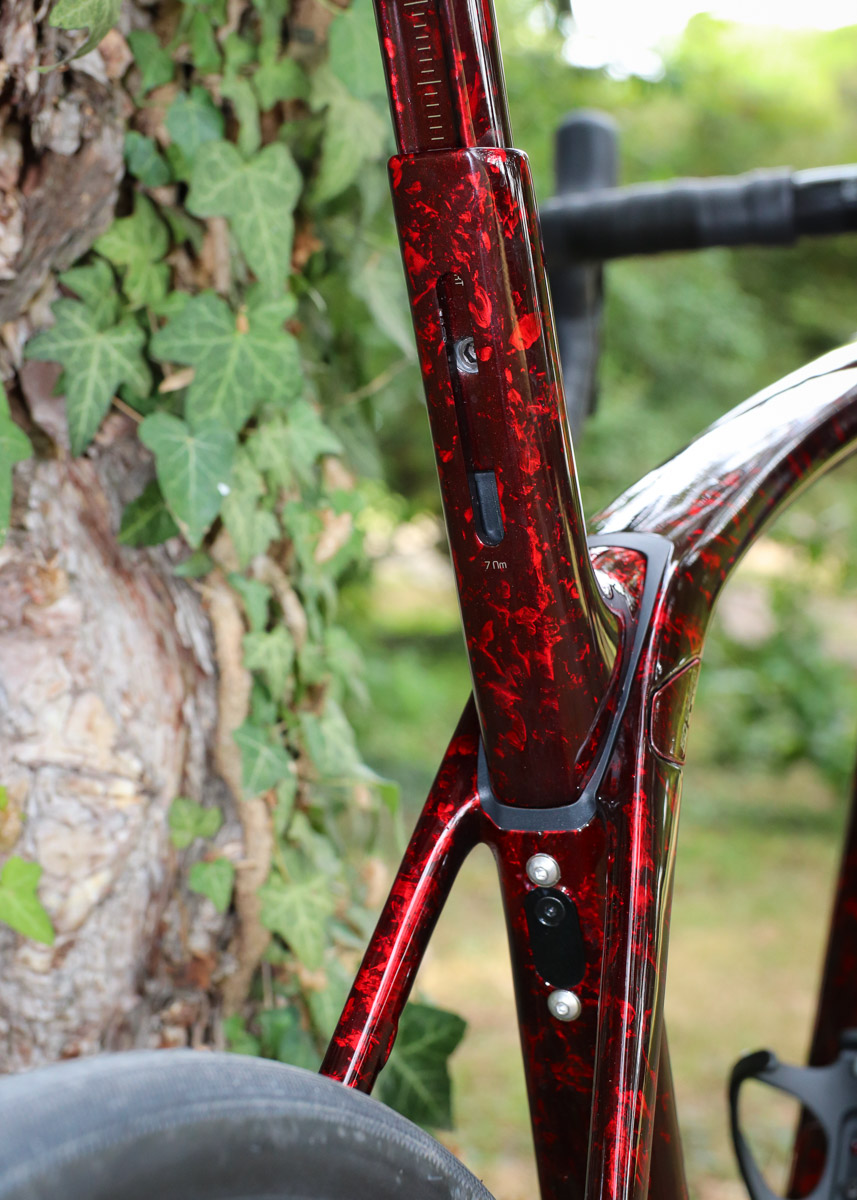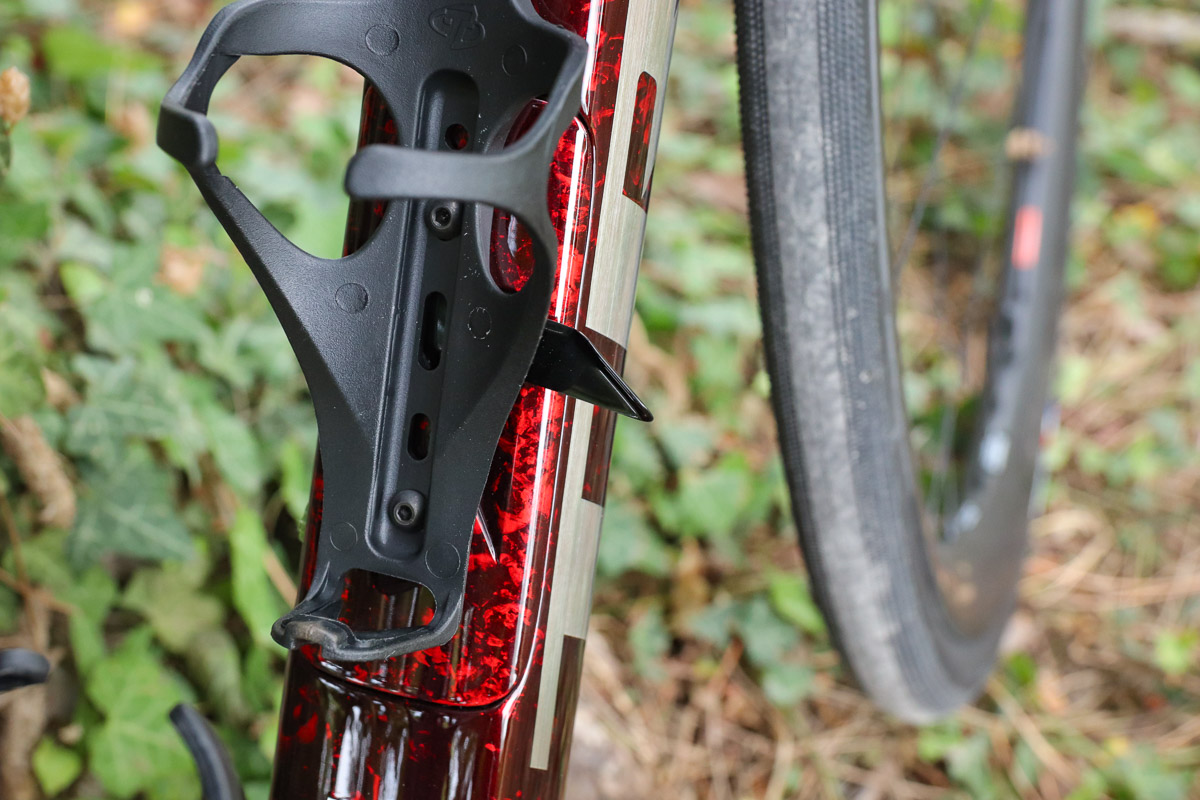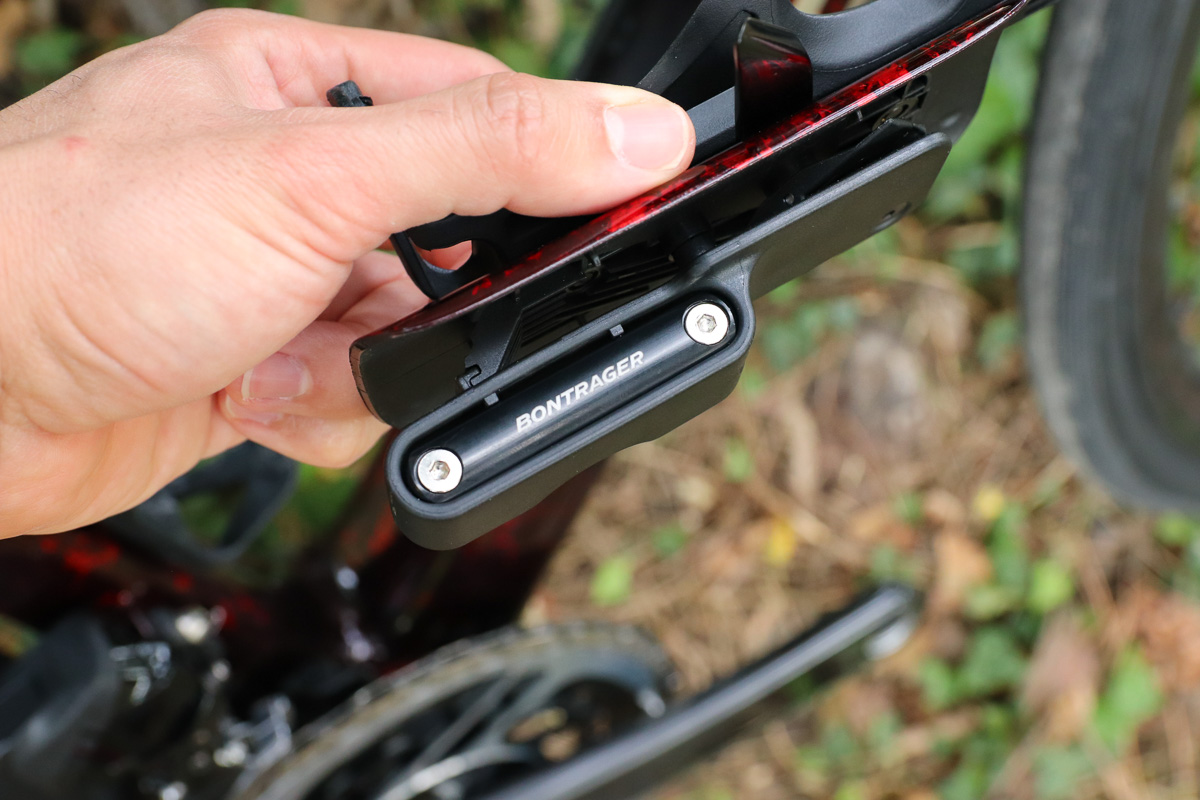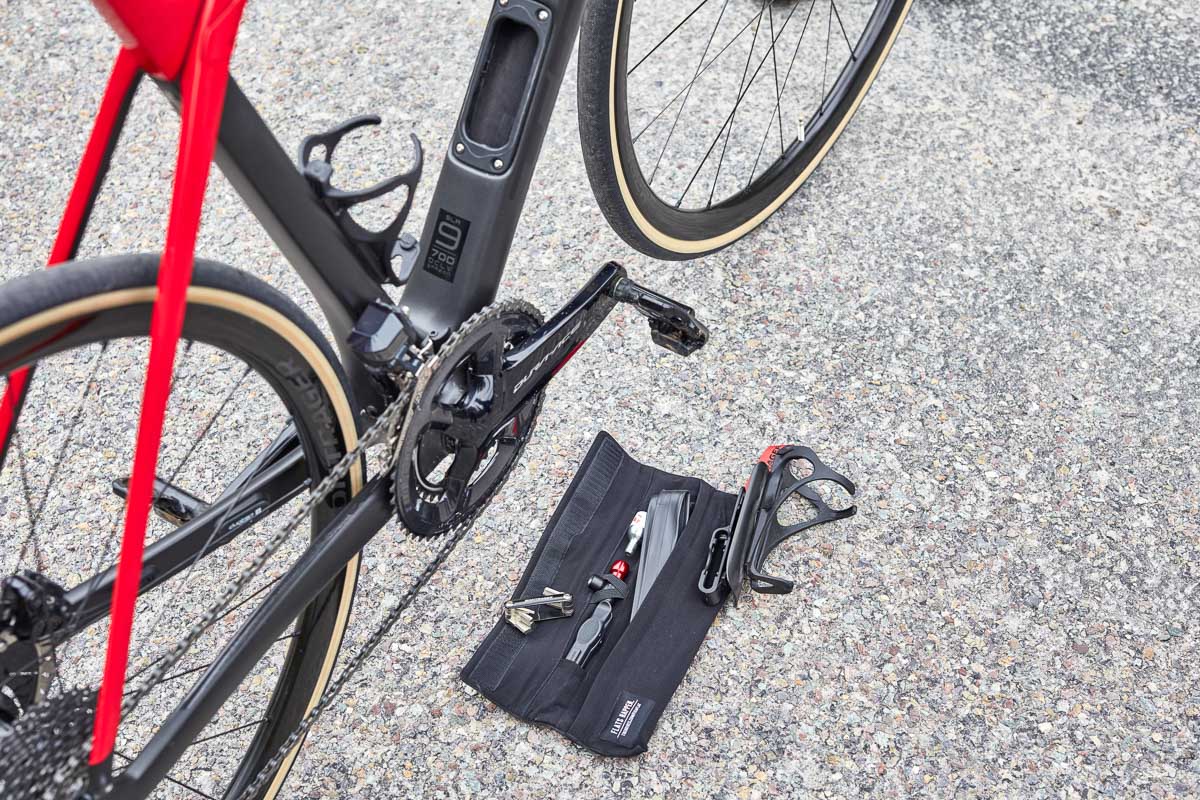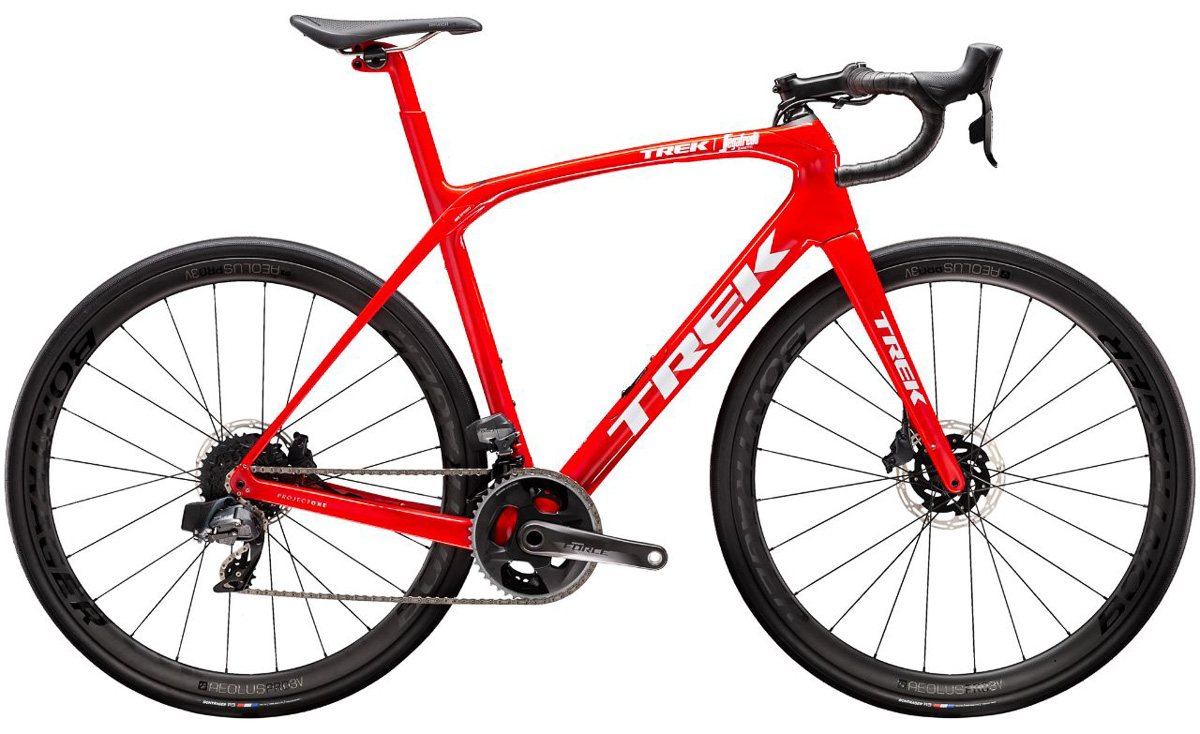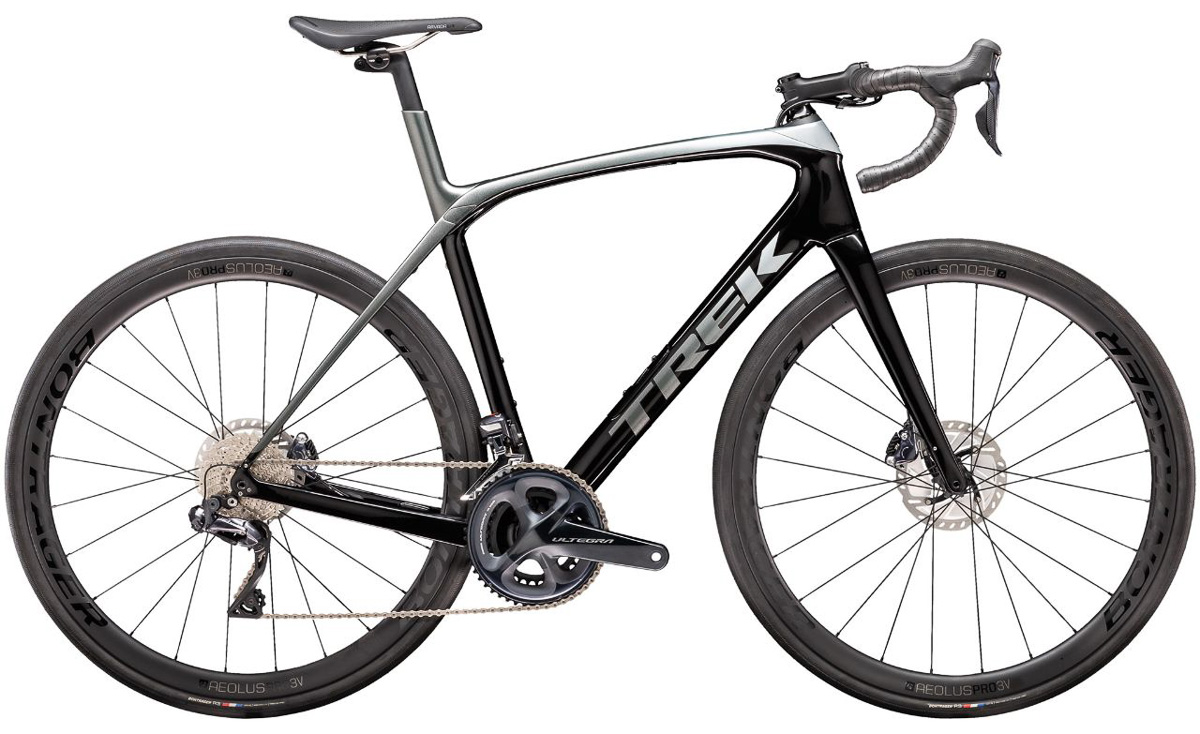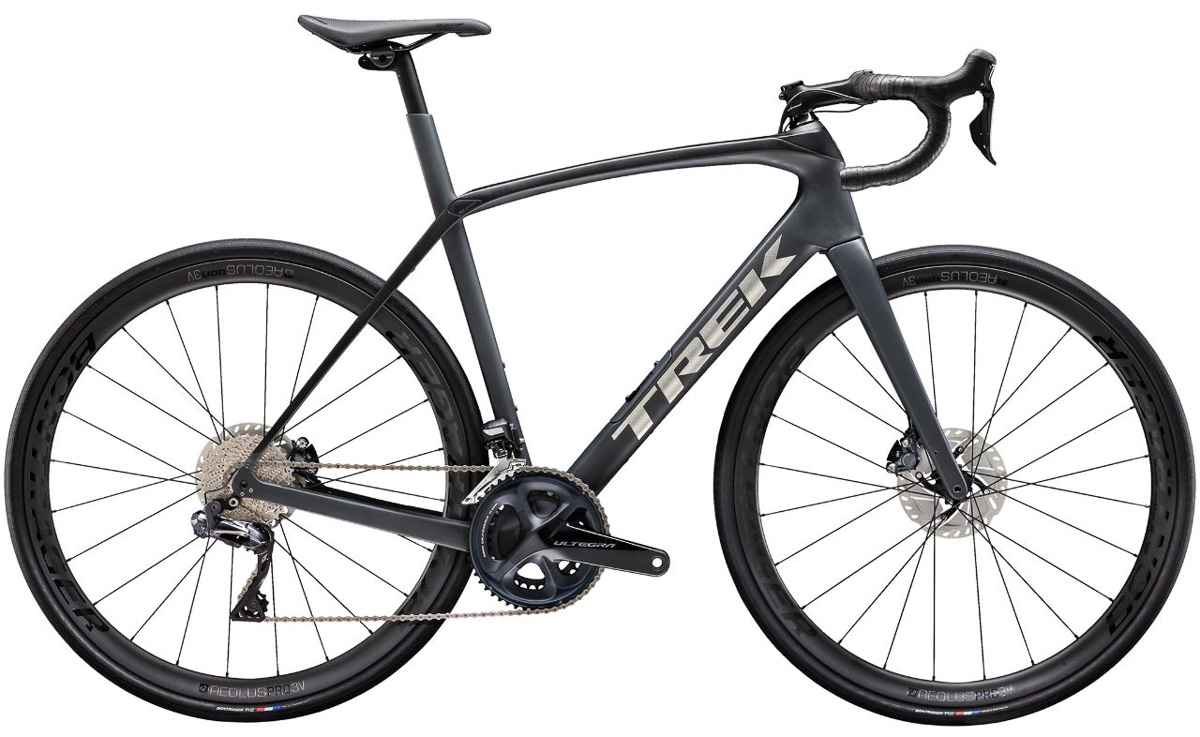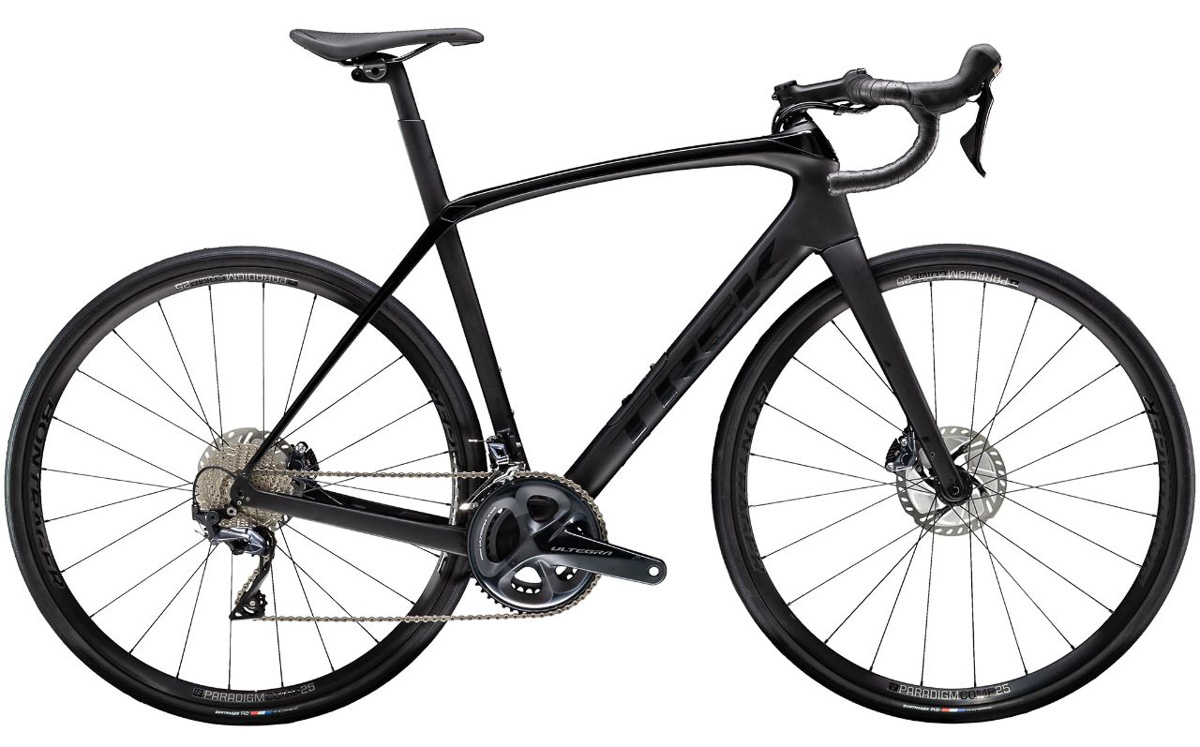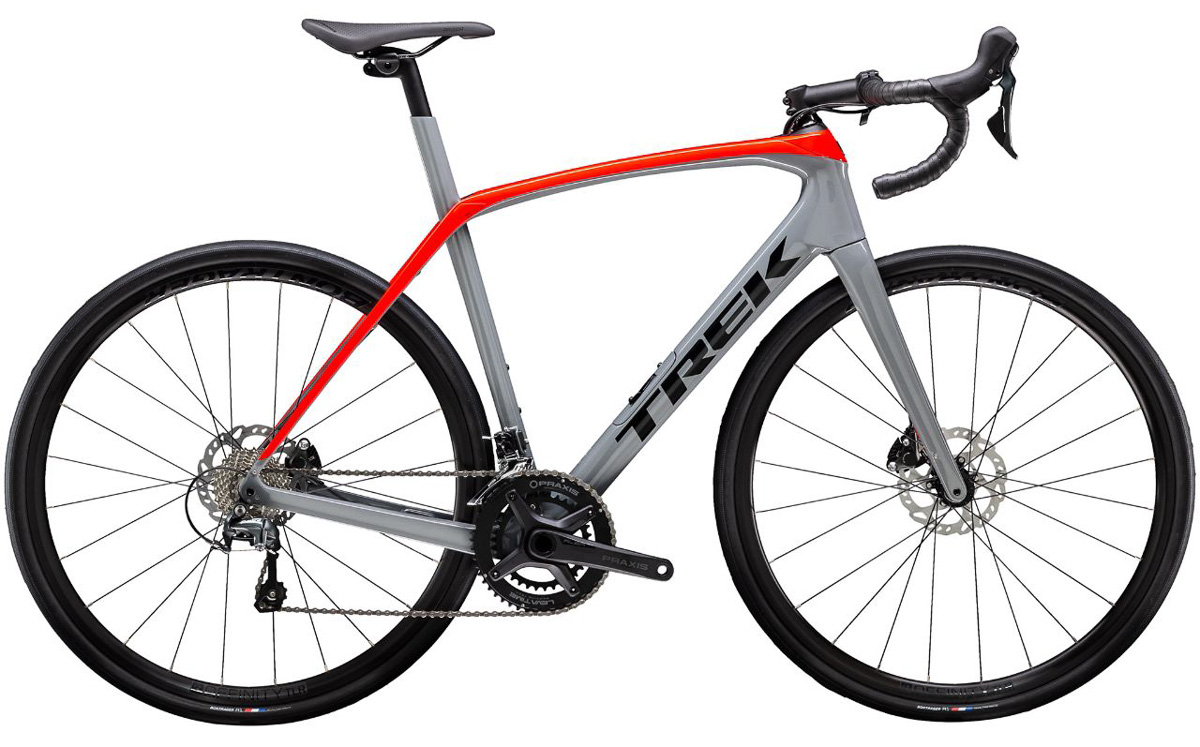Trek just unleashed a new Domane, set as their most versatile and comfortable top-end road bike. With improved aerodynamics, an updated IsoSpeed system, and huge 38mm tire clearance, Trek claims it’s the fastest Domane ever. It also moves to a new gender neutral sizing system, eliminating the old men’s and women’s sizes.
Trek Domane SL & SLR 2020 carbon endurance road bikes
The Domane is Trek’s all-around performance or ‘endurance’ road bike, compared to the aerodynamic-focused Madone and climbing-focused Emonda. For 2020, the bike has been completely revamped, with changes and improvements to nearly every part of the bike. SL models stay with the tried-and-true IsoSpeed Decoupler, while the top-end SLR borrows the fully adjustable top tube IsoSpeed from the Madone.
We attended Trek’s launch event in Galzignano Terme, Italy, to learn more and try the bike for ourselves.
The SL frames use OCLV 500-level carbon (1,265g), with the SLR getting top-tier OCLV 700 (1,235g). Frame aerodynamics have been improved, with Trek claiming that it’s “1 minute-per-hour faster than the previous Domane”.
All new Domane models are now disc brake only, eliminating the option for rim brakes. 160mm brake rotors come stock, with flat mount calipers. Wheel attachment comes by way of 12 x 100mm front and 12 x 142mm rear thru axles.
One welcomed side effect of the disc brake setup is huge tire clearance – the new Domane fits 38mm rubber, or 35mm with fenders (via integrated hidden mounts)… making it a viable option for gravel. Most stock models come with 32mm tires from the factory, which Trek says roll faster in almost all conditions compared to narrower tires. They note that aerodynamics do begin to take a hit over about 40kph, making 28mm tires preferred for racing.
All Domane models come with double chainring drivetrains, though they are fully compatible with 1x systems. The Domane continues Trek’s new commitment to the T47 threaded bottom bracket, a move that has seemingly come with universal praise among mechanics and customers.
The stem uses a simple cable guide underneath to help keep housings in check, while still allowing for the use of a standard-style stem for easy setup and fit. As a journalist, this is a sight for sore eyes, with many product launch events using highly integrated front ends and limited adjustability that result in less-than-comfortable test rides.
The stem also has integrated light, camera, or computer mounts to help keep the front end clean.
The saddle and seat post system have been updated to a new design with the seatpost topper going inside rather than outside the seat mast. There are two lengths of post to accommodate different fit – my 58cm frame with the longer post was adjusted down as far as it would go to hit a 77.5cm saddle height.
Perhaps the biggest update to the Domane is the use of adjustable top tube IsoSpeed for the top-end SLR models (SL models retain the non-adjustable seat tube version). Combined with an improved damping system, Trek claims a 27% improvement in compliance compared to the old Domane.
The front end uses their standard IsoSpeed system, with an upper pivot and flex in the fork steerer tube.
The Domane uses clever hidden storage in the down tube, with a single lever used to open it. There’s an integrated tool underneath the cover, which Trek designed specifically to be rattle-free.
A tool roll is included with every Domane, though you must purchase the items to fill it (i.e. spare tube, CO2, etc).

Most Domane models come with Trek’s Endurance fit, which has a taller head tube for us average Joes and Janes. However, if you go all the way up to a Project One SLR model, you have the option for the Pro Endurance H1.5 fit in sizes 54, 56, 58, and 60 – with a ~4cm lower stack height and slightly longer reach. Note that this option will not be available for another couple months, with standard models available immediately.
The other big news is that the Domane is now on a full gender-neutral sizing system, which we expect to migrate to other Trek models. This isn’t the first major manufacturer to drop gender-specific sizing, and Trek says that they’ve found a modern geometry that works for everyone – instead opting to differentiate fit choice with Endurance and H1.5 sizing scheme.
Build Specs, Weight, & Pricing – SLR models
The top-end Domane SLR 9 ($11,299) comes in Dura Ace (17.16 lb) or eTap (17.81 lb) versions with Bontrager Aeolus XXX wheels.
The Domane SLR 7 ($7,799) comes in Ultegra (18.7 lb) or Force eTap (18.99 lb) versions, with Bontrager Aeolus Pro 3V TLR wheels.
The Domane SLR 6 ($6,800) comes in Ultegra only (19.2 lb) with Bontrager Aeolus Pro 3V TLR wheels.
Build Specs, Weight, & Pricing – SL models
The Domane SL 7 comes in eTap ($6,199, 19.39 lb) or Ultegra ($5,999, 18.97 lb) versions.
The Domane SL 6 ($3,799, 20.12 lb) comes in Ultegra spec only.
The Domane SL 5 ($2,899, weight TBD) has a full Shimano 105 kit.
Finally, the Domane SL 4 ($2,499, weight TBD) has a Shimano Tiagra build kit with Praxis cranks.
The new Trek Domane is available immediately in all standard versions, including Project One (H1.5 geometry will be available for the latter in a couple months). Stay tuned for our forthcoming first ride review, after a spirited jaunt through the hills and rolling terrain of Italy aboard an eTap-equipped SLR 9.
